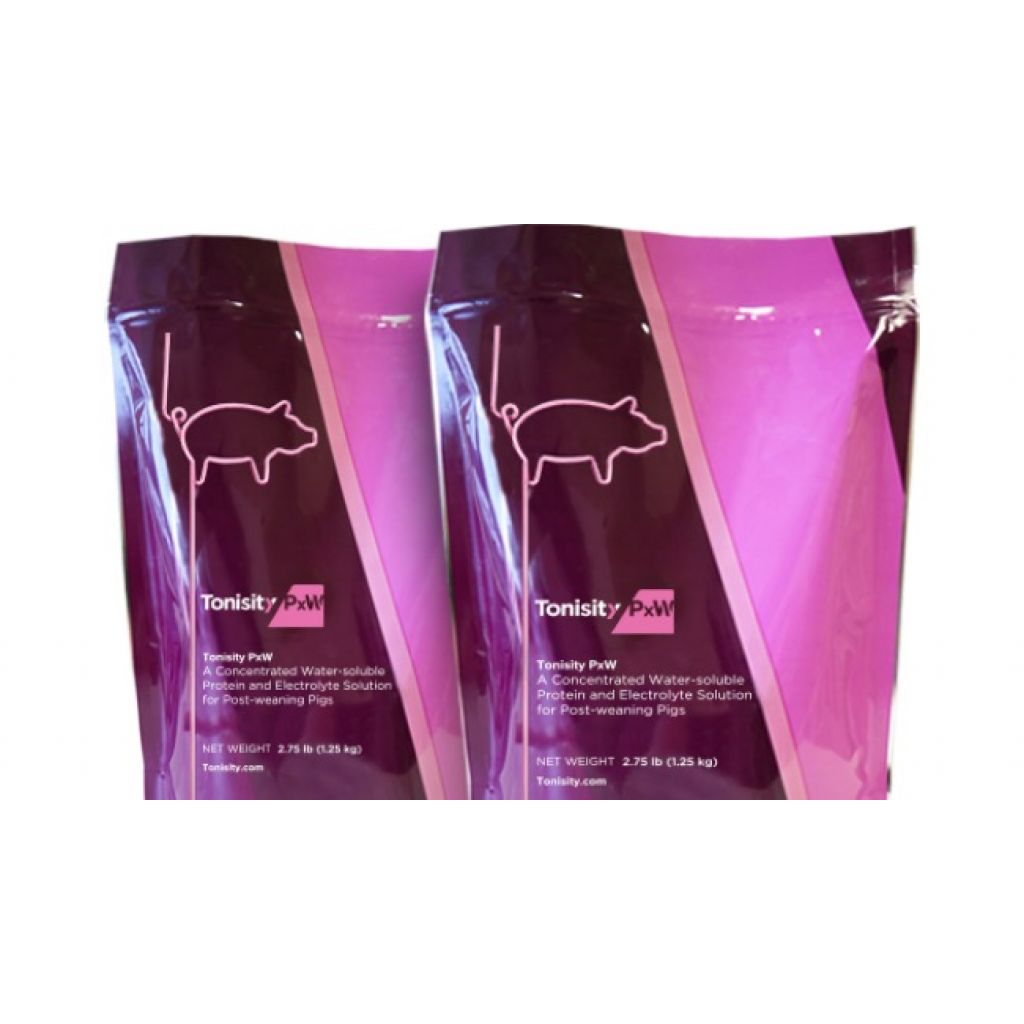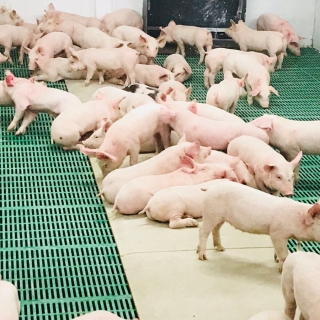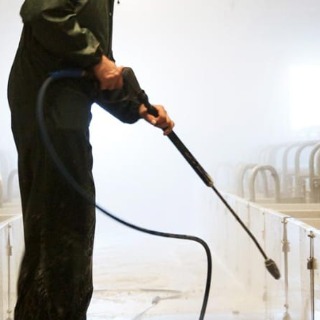The Importance of Water Quality
Water is a unique nutrient. Even though it is essential to maintaining life, it is difficult to determine water intake requirements since it can’t be studied like other nutrients. Due to its chemical makeup and overwhelming presence in the body, water is the key to successful bodily function. To best optimise water’s benefits, it must be ensured that the supplied water source is of adequate quality for pigs to have a good foundation for growth.
What determines water quality?
When assessing a farm’s water quality, the focus should turn to the physical, chemical and microbiological makeup of the water. This is done by analysing bacterial contamination, mineral composition and the overall concentration of dissolved solids that the water contains. Bacterial contamination refers to the microorganisms like bacteria, protozoa and certain viruses that take up home in the water. If these are present, they can lead to a decline in animal health, digestive upset and can contribute to biofilm development. Mineral content is an important factor in water due to some contributing to nutritional health. Things like iron, sulphates, nitrates, nitrites and water hardness should be monitored as this is the level of calcium and magnesium in the water.
What is the appropriate range for minerals found in the water and what to do if minerals are out of that range?
Hardness
Water is considered hard if the calcium and magnesium levels exceed 120 ppm. An elevated amount of these minerals does not have adverse effects on the health of the pigs but can build up in the pipes and contribute to biofilm. Over time calcium and magnesium can build up in the lines and reduce water’s flow rate. A means of improving water hardness can be done by installing a water softener.
Sulphates
An excess amount of sulphate salts can have a laxative effect on young and growing pigs. It is recommended that sulphate levels in the water remain under 1,000 ppm to avoid impact on feed conversion or ADG. A reverse osmosis system can combat high sulphate levels.
Nitrates/Nitrites
When nitrates are converted to nitrites in water, there is a higher possibility of health problems occurring. Nitrites can reduce the blood’s ability to carry oxygen, resulting in hypoxia. This is a severe threat in younger pigs but has not appeared to be an issue in pigs which are still on a lactating sow. Water should not exceed 100 ppm for nitrates and 10ppm for nitrites. Treating water that contains too many nitrates and nitrites involves ion exchange units, reverse osmosis or distillation of the water before it enters the drinkers.
Dissolved Solids
The concentration of total minerals in the water is referred to as the Total Dissolved Solids (TDS) and can vary greatly from farm to farm. In general, TDS will not hinder the health or performance of the pig but with levels exceeding 6,000 ppm temporary diarrhea and increased water intake has been observed. Even though reproduction in sows and gilts was unaffected when animals consumed water with levels of TDS at 5,060ppm, the general level to keep TDS below is 1,000 ppm.
pH
Typically, the pH of water on the farm remains in the acceptable range of 6.5-8.5 and is rarely a health concern. However, a more acidic pH creates an unhospitable environment for pathogens that greatly benefits the animal’s GI system. Improvements in nutrition absorption have also been seen at lower pH levels. Therefore, at a pH of 3-4, Tonisity Px not only supports improved intestinal function but assists in maintaining good immune health.
*It should be noted that there could be interactions between the above parameters. This means multiple indicators could be below the recommended levels, but health issues are still occurring. This makes pinpointing the exact cause tricky.
Where to take samples for analysis?
When sampling a farm’s water, it is important to ensure that the sample is the best representation of the water the animal is consuming. This means that samples should be taken as close as possible to where the animals drinks and/or where Tonisity products will be mixed. Water quality can change or degrade while traveling through the pipes, so collecting water close to the source allows for more accurate measurement of what pigs are ingesting. Once a sample is collected in a clean container, it needs to be sent to a reputable lab. These labs can be found at universities, a local diagnostic lab, or any lab that can run a traditional livestock suitability panel.
Related to the previous point, we must discuss biofilm - how it happens, how to prevent it?
Biofilm is the build-up of bacteria or fungi that collects in the water lines. This most commonly occurs when the mineral content is too high in the water and can cause leaks in the pipes. Leaks introduce oxygen into the environment that creates a microorganism breeding ground. High amounts of iron in the water can also support bacteria and pathogen growth. When many organisms are present, they form a matrix to encase themselves as protection from the environment resulting in antibiotic resistance. With the presence of biofilm, there is a greater chance of equipment damage as well as a reduction in water flow, due to build up in the pipes. A high rate of bacterial growth not only gives an odour to the water that can deter pigs from drinking, but this also is the perfect vehicle for pathogens to spread disease in the herd. The key to preventing or eliminating biofilm is to remove oxygen and allow surfaces where biofilm is present, to dry. Oxidising disinfectants can be added to the water at a 1:1,000 dilution rate as a preventative.
Helpful Notes
The parameters listed in this article are mainly for older pigs and sows that have more mature systems. Since Tonisity products are targeted towards younger and new-born pigs, adjustments may have to be made when assessing water quality. Younger pigs and especially new-borns have less developed systems than adult pigs; this makes them more sensitive. Therefore, the guidelines listed in literature should be taken with caution since they may not be acceptable for newborns and young pigs.
Productos
Bienvenido a 3tres3
Conecta, comparte y relaciónate con la mayor comunidad de profesionales del sector porcino.
¡Ya somos 138338 Usuarios!
Regístrate¿Ya eres miembro?








